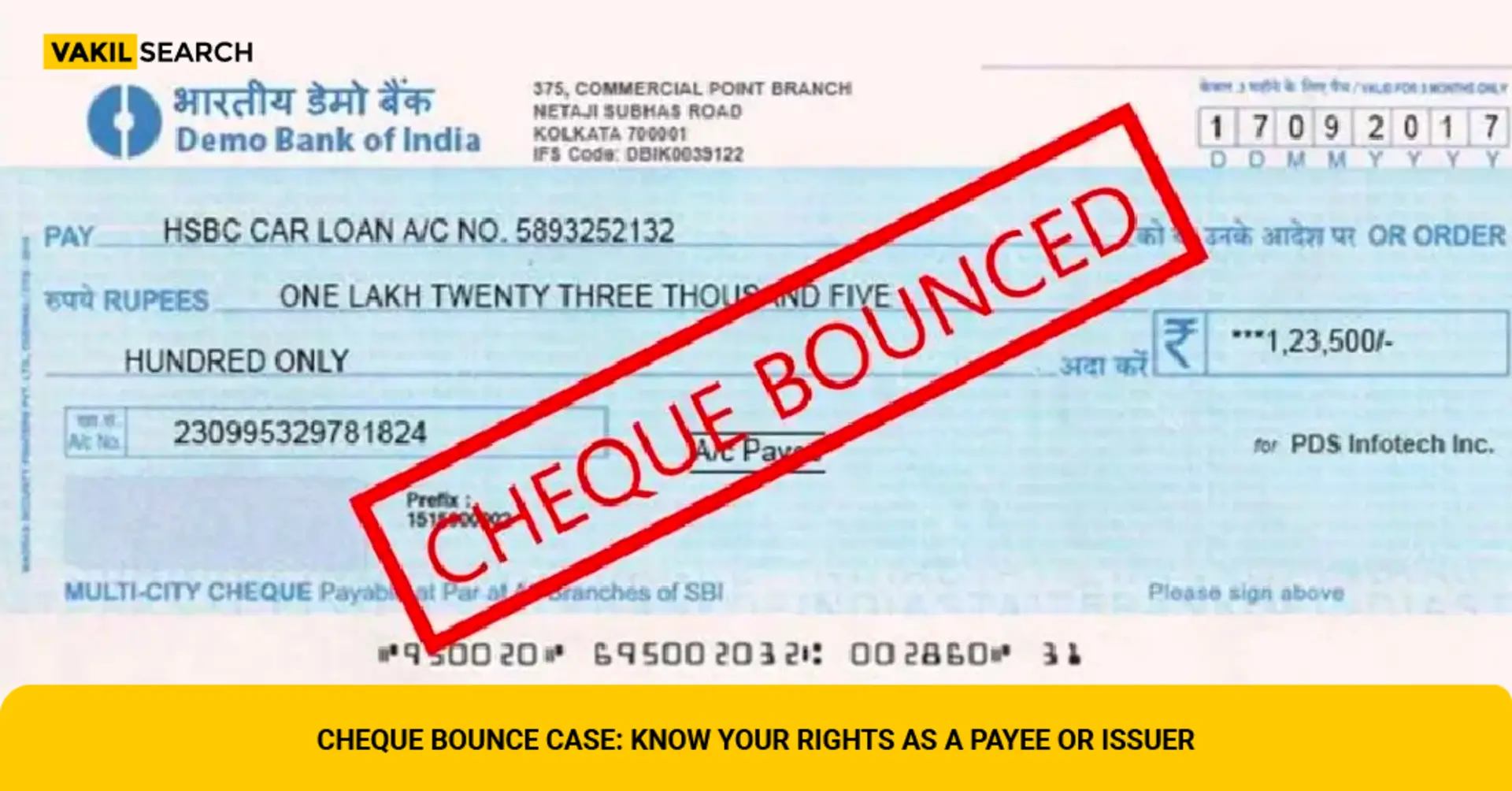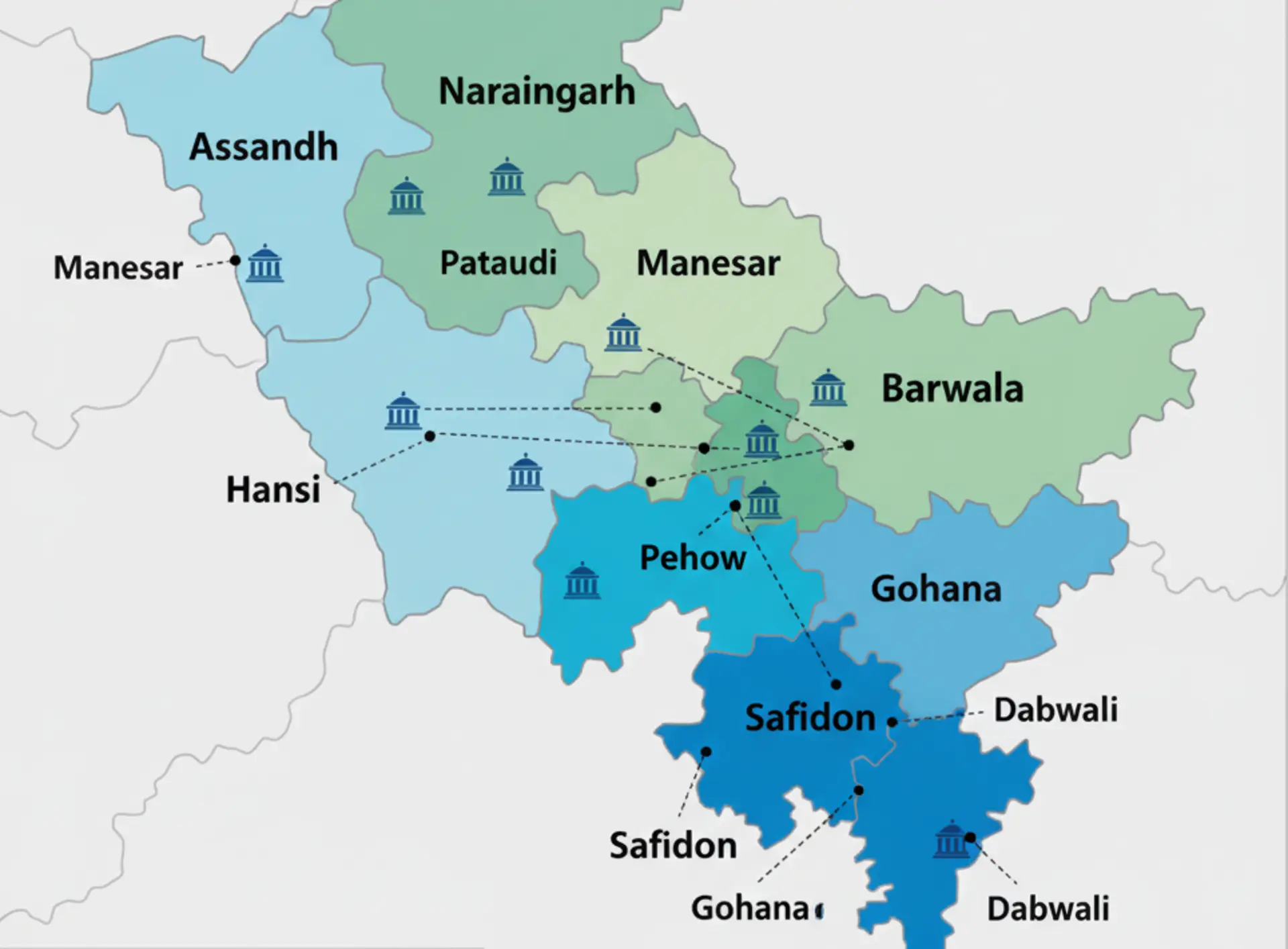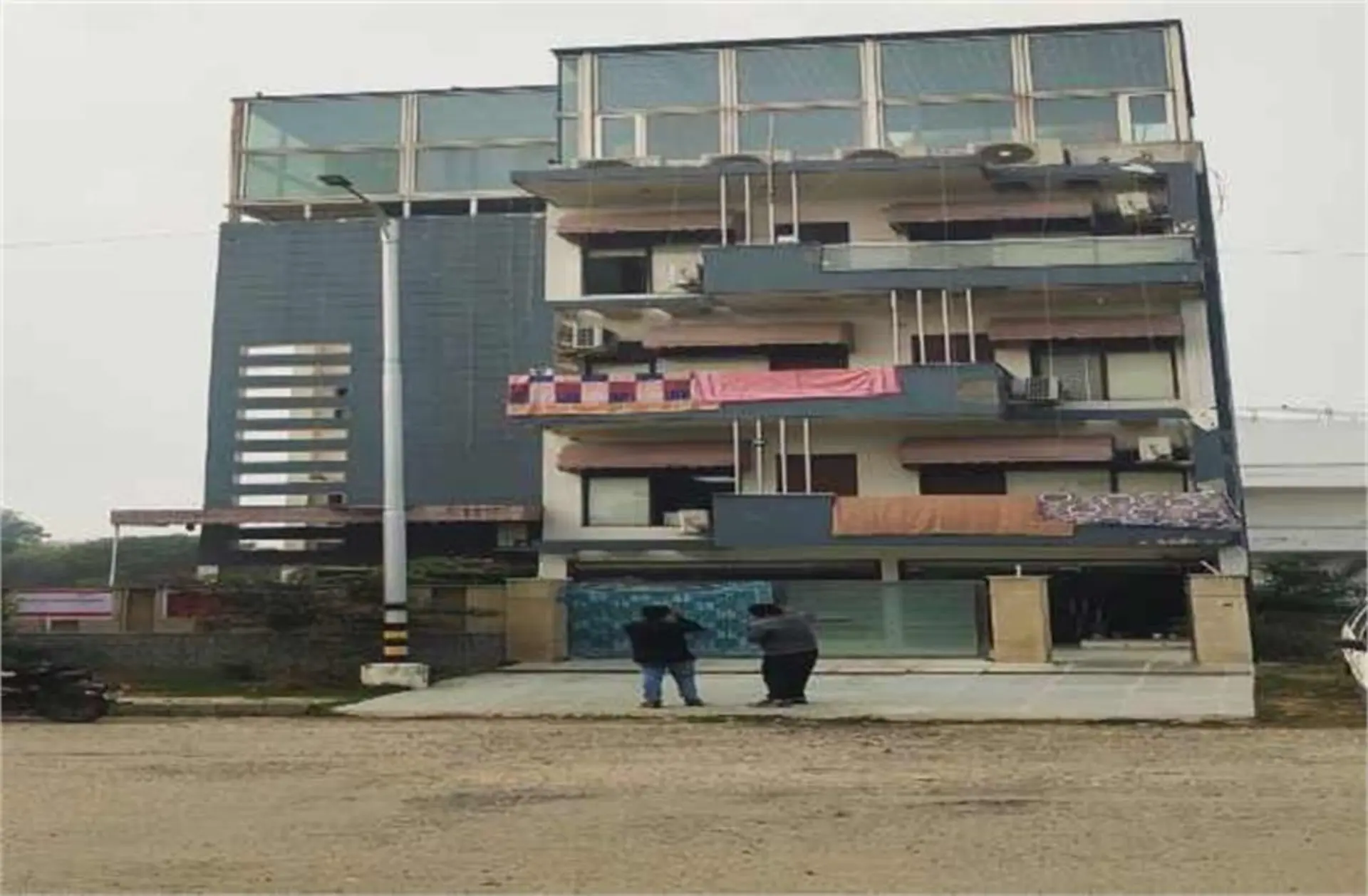
If you're planning to buy property or build a home in Gurugram, be prepared to pay much more. The district administration has prepared to significantly increase collector rates across the city, with some areas facing increases of up to 145%.
The administration has published proposed collector rates and is seeking public objections and suggestions. Once these rates are implemented, property prices in Gurugram will become much more expensive for ordinary buyers.
According to the proposed collector rates issued by district administration, Bajghera village under Gurugram tehsil will see the highest increase. Here, agricultural land suitable for various uses according to master plan will see rates increase by 145%. The current collector rate of Rs 2.03 crore per acre will be increased to Rs 5 crore per acre. In the same area, irrigated agricultural land prices will increase by 51%, from Rs 3.31 crore per acre to Rs 5 crore per acre. Non-irrigable agricultural land rates will also increase by 37%, from Rs 3.36 crore per acre to Rs 5 crore per acre. The cost of residential land in Bajghera will rise from Rs 20,000 to Rs 30,000 per square yard, a 50% increase.
Significant Rises in All Villages
Sarhoul village will experience the second-highest increase after Bajghera. Here, the cost of irrigated agricultural land will rise from Rs 2.39 crore to Rs 5 crore per acre, a 108% increase. This land is also classified as vacant agricultural land that can be used for various purposes according to master plan.
In Sarhoul, other irrigated agricultural land will see a 40% increase from Rs 4.25 crore to Rs 6 crore per acre. Residential area rates will also increase by 40%.
Sukhrali village will see irrigated agricultural land rates increase by 42%, with prices rising from Rs 4.22 crore per acre to Rs 6 crore per acre. Residential areas here will face a 38% price increase.
Residential Sectors Also Affected
Several residential sectors will face significant rate increases. Sectors 104-106 and 109-115, along with LIC Colony, will see collector rates increase by 62%. New rates will be Rs 60,000 per square yard, up from Rs 40,000 per square yard.
Sector 28 residential areas will see rates increase by 50%, from Rs 71,600 to Rs 1.07 lakh per square yard. This represents one of the highest increases in established residential areas.
Village Molahera will face 60% increase in residential land rates, while Shahpur will see 50% increase. NPR land adjacent to National Highway will see 77% increase, and Gurugram village will face 50% rate increases.
Tehsil-wise Breakdown
Different tehsils across Gurugram district will see varying levels of increases: Farrukhnagar tehsil will see maximum 33% increase in collector rates. Badshahpur tehsil will face up to 30% increase, while Sohna will see maximum 25% increase. Manesar and Pataudi tehsils will both face maximum 20% increases.
Kadipur tehsil will see the highest increase among smaller tehsils at 45%, while Harsaru tehsil will face maximum 22% increase.
Procedure and Schedule
These proposed rates have been posted on the Gurugram district administration's website, and the public is being asked to provide feedback. Before the new rates go into effect on August 1, all claims and objections received up until the afternoon of July 31 will be taken into account.
The public has a very short window of time to consider and react to these large rate increases. Many real estate experts think that middle-class families will find it much harder to own a home as a result of these increases.
Stamp duty payments, property registration fees, and the total cost of purchasing real estate in Gurugram will all be directly impacted by the rate hikes. The dynamics of the local real estate market may also be impacted, possibly slowing down real estate transactions as a result of higher prices.














